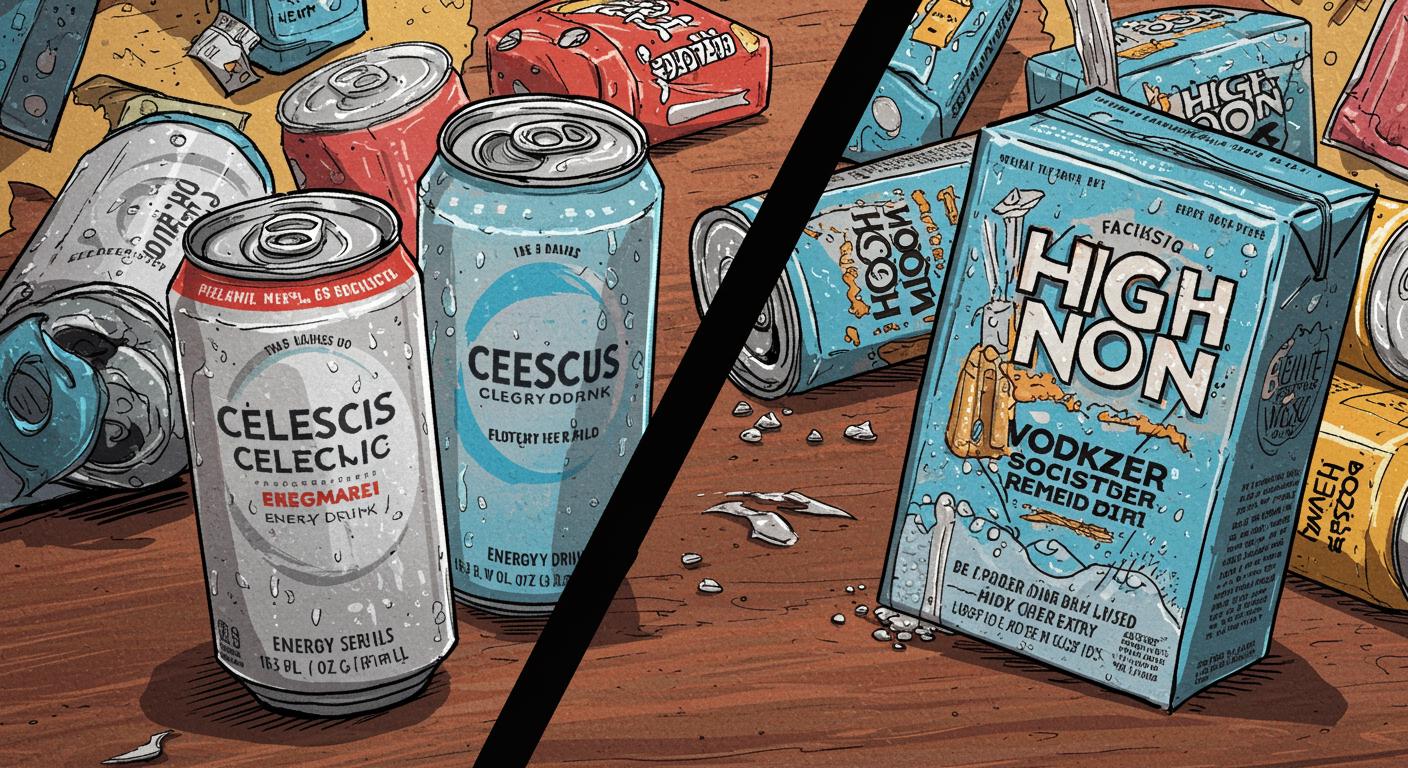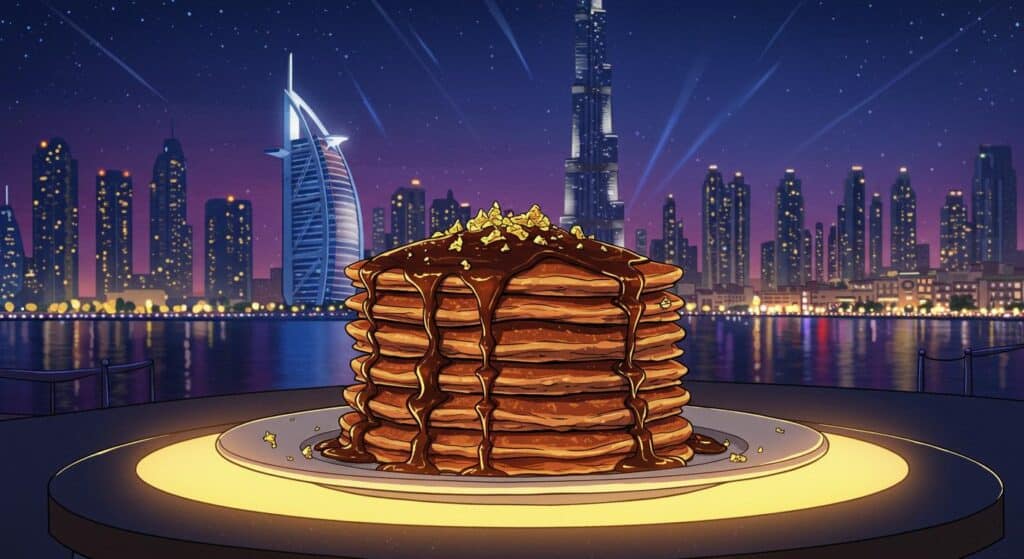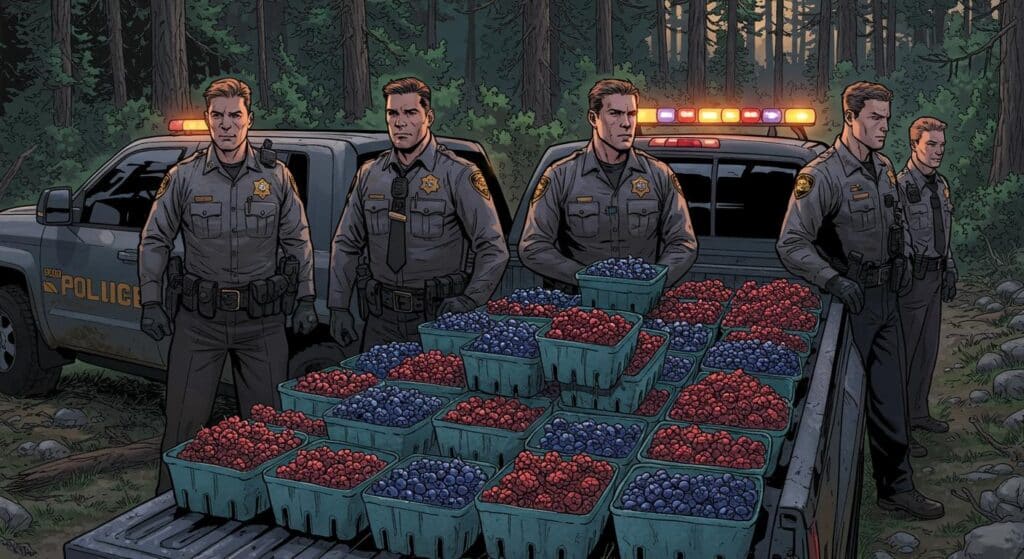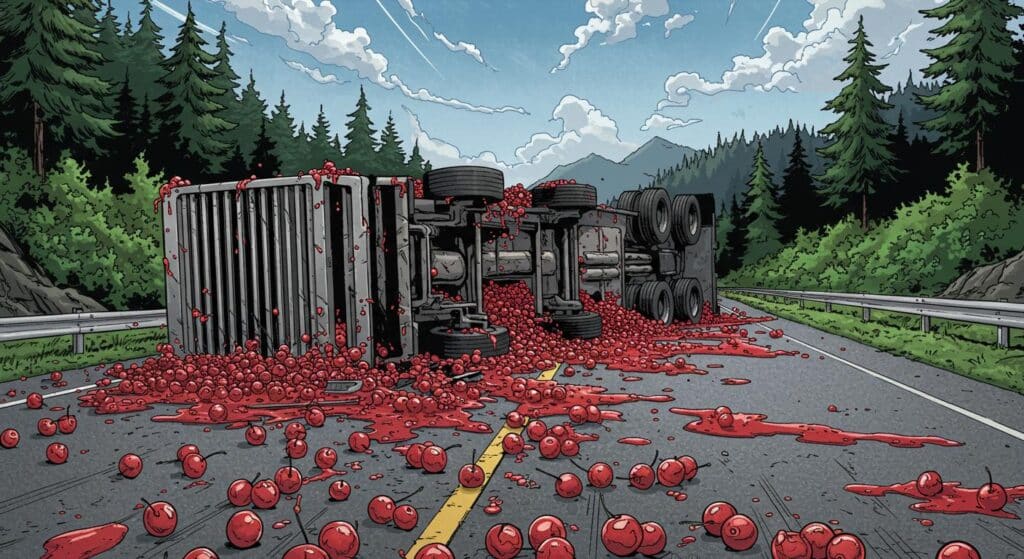There are stories that breeze through the recall section with all the drama of a slightly bruised apple, and then there’s this: a vodka seltzer company unwittingly sending out booze disguised as energy drink. CBS News reports that High Noon has announced a recall after realizing some of its vodka seltzer cans ended up in CELSIUS energy drink attire. The label might read “Sparkling Blue Razz,” but the contents are more “unexpected buzz” than “afternoon pick-me-up.” You have to wonder about quality control meetings after a mix-up like this.
Supply Chain Shenanigans and Strange Bedfellows
According to PR Newswire, the confusion can be traced back to a shared packaging supplier. It seems a shipment of empty CELSIUS® ASTRO VIBE™ Energy Drink cans—specifically the Sparkling Blue Razz Edition—was inadvertently sent to High Noon. With the kind of efficiency only a modern production line can deliver, the CELSIUS cans (look for those with a silver lid, instead of CELSIUS’s usual black) were swiftly filled with vodka seltzer and shipped out as part of the High Noon Beach Variety 12-pack.
This labeling slip only affects a precise batch: High Noon Beach Variety Packs with UPC 085000040065, specifically lot codes L CCC 17JL25 14:00 to L CCC 17JL25 23:59 and L CCC 18JL25 00:00 to L CCC 18JL25 03:00. A handful of loose CELSIUS cans bearing lot codes L CCB 02JL25 2:55 to L CCB 02JL25 3:11 (found lasered on the can’s bottom) are also implicated. The recall covers products shipped to distributors in Florida, Michigan, New York, Ohio, Oklahoma, South Carolina, Virginia, and Wisconsin, with retailers receiving stock in all but Michigan and Oklahoma.
As described in the official release, consumers are being asked to dispose of any such CELSIUS cans with those lot numbers—just in case. The alternative, of course, is an unplanned happy hour.
The Perils of Labeled Assumptions
High Noon’s recall statement, as cited by Bloomberg, drives home the consequences with a kind of understated efficiency: “Consumption of the liquid in these cans will result in unintentional alcohol ingestion.” No illnesses or adverse effects have been reported, but one can imagine a few startled faces at the first sip. Energy drinks tend to skew towards the caffeine-seeking, pre-workout crowd—not necessarily those searching for light refreshment laced with spirits. Was a gym-goer about to get a surprise cardio boost of another variety?
It’s a scenario with just enough oddity to stick in the mind: somewhere tonight, a cooler at a lakeside barbecue is hiding a vodka seltzer in wolf’s (er, energy drink’s) clothing.
A Comedy of Cans and Codes
The FDA notes the recall was initiated after the company’s discovery of the mix-up, and the timeline is tight—the products were shipped out between July 21 and July 23, 2025. Officials cited in the PR Newswire release clarify that the error was isolated to a specific supplier snafu, not any new twist in the seltzer-energy drink hybrid market (though, in beverage trends, that feels oddly plausible).
What’s striking is how dependent even major beverage brands are on the time-honored, occasionally slapstick art of “don’t mix up the containers.” Amid today’s smart factories and barcode-driven systems, it only takes the wrong pallet of shiny cans to turn the distribution chain into a game of Russian roulette. Wonder how many other near-miss mix-ups dot the logs of beverage history? One imagines some grizzled product safety archivist sighing over an old file labeled “Grapefruit Soda/Lawn Fertilizer Incident, 1982.”
Who’s Checking the Lid?
Among the more practical takeaways: the affected CELSIUS cans will have a silver lid, not the brand’s usual black. These sorts of details are what get highlight-marched through recall bulletins, as the outlet also notes. But how many of us glance at the color of a can’s lid before downing its contents? The only thing separating a burst of raspberry flavor from a burst of surprise is one small piece of aluminum.
Consumers are, at least, getting quick communication—refunds are available, provided you contact High Noon’s consumer relations team. The bigger story, though, might be how, even as we rely on intricate, digitized supply chains, the kind of hands-on attention required to avoid “vodka-in-disguise” shenanigans is as needed as ever.
Taking Stock of the Oddity
In the end, no injuries, just an amusingly unsettling vision of Red Bull giving you wings, and High Noon giving you…well, something entirely different. The recall was handled briskly, but you’d have to imagine a few awkward conversations around the supplier’s conference table: “So, about those leftover cans…” Is it a one-in-a-million slip, or the sort of thing bound to happen sooner or later amid modern assembly lines?
Maybe the next time you crack open a can with a suspiciously jubilant-looking raspberry on the front, you’ll pause—just long enough to read the lot code. Or at least check the lid color and wonder what other swap stories are out there, lurking in the dusty corners of recall archives.







